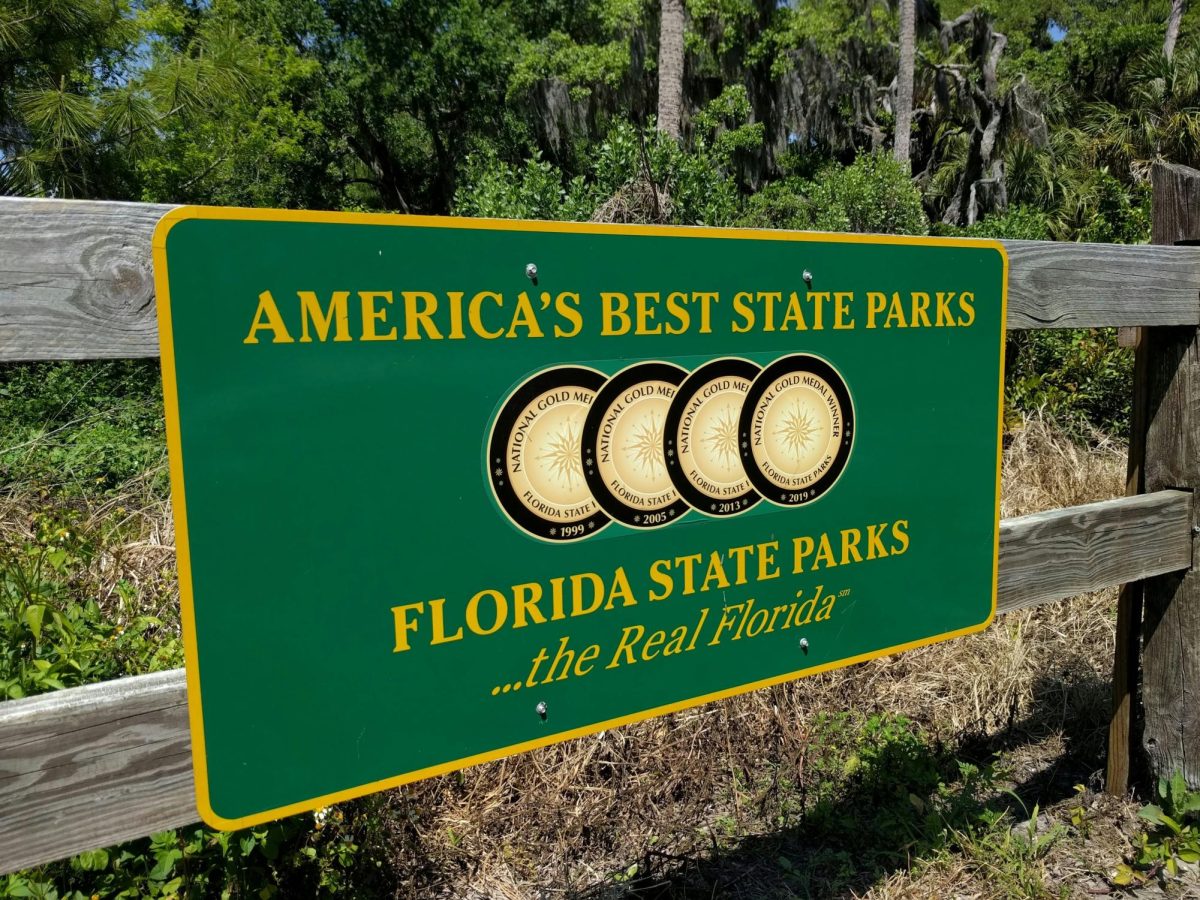News regarding the addition of pickleball and golf courses in Florida State Parks has caused quite the racket. After all, a calm excursion can easily become a loud, chaotic nightmare brought on by the addition of these facilities.
The plan that brought about this controversy, the “Great Outdoors Initiative,” was developed by the Florida Department of Environmental Protection to promote outdoorsmanship. It suggested the addition of quality-of-life improvements to parks, an example can be seen in Miami’s Oleta River State Park, which was initially slated to receive pickleball courts, cabins and a disc golf course.
While the state calls these additions “improvements,” it fails to recognize the environmental impact of these changes.
For one, all of these additions would be in the heart of Florida State Parks which are supposed to flourish without the interference of man. While one can understand the entertainment and health benefits of the proposed activities, these amenities will destroy park ecosystems.
Many golf balls will inevitably be sent out of bounds. The average golf ball can pollute the environment for centuries and ultimately cause harm to Southwest Florida’s fragile ecosystems.
Furthermore, pickleball courts, which are about the same size as a badminton court, generate noisy environments comparable to that of a pistol range. In the past, some cities and towns had built pickleball courts, only to face backlash from disgruntled citizens because of the subsequent loudness.
It should be noted that state parks are supposed to be quiet with the sounds of nature to soothe attendees from the crazy reality which exists away from it. Not only will the ruckus from these pickleball courts disrupt humans but also scare away wildlife.
Similarly, the economic implications of these so-called “amenities” have enraged Floridians. On average, a golf course costs over $810,000 a year to maintain. It is more likely than not that Florida taxpayers will be paying extra for the price of upkeep.
On top of that, golf courses are known to drain water supplies. A golf course, on average, consumes over 200 million gallons of water a year. Areas all over the state, especially Southwest Florida, are in a water crisis at the moment. This in particular highlights the state’s lack of awareness.
Upon the announcement of these plans, there was an uproar as they began to seem more like a reality rather than a dystopian future. Outraged Floridians began to hold protests and sign petitions. Though, fortunately, for the parks, the mass disapproval led the state to repeal this plan as well as consider what is conservation, and what is considered a nuisance.


























